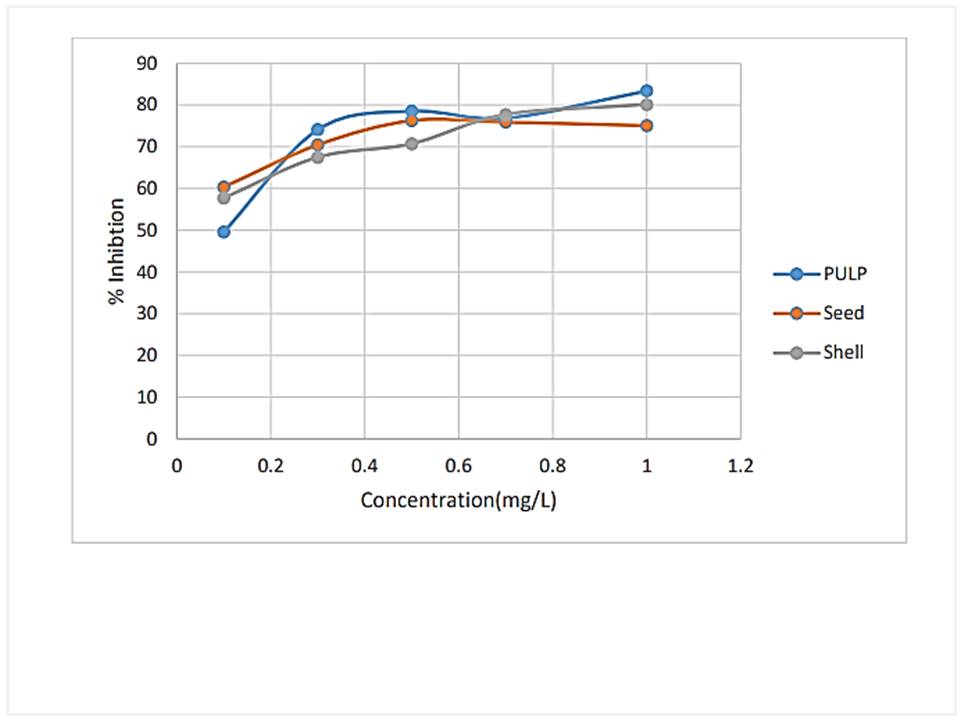Chemical Science & Engineering Research
Title
Evaluation of the Nutritive and Antioxidant Potentials of Velvet Tamarind (Dialium Guineense) Seed, Pulp and Shell
Authors
Jibrin Mohammed,*a Aremu M.O,c Ishaq Abubakar,a Haruna Uzeru Kuna and Mohammad I.A.b
aDepartment of Chemistry, Faculty of Natural & Applied Sciences, Nasarawa State University, Keffi, Nigeria.
bDepartment of Science Laboratory Technology, Faculty of Natural & Applied Sciences, Nasarawa State University, Keffi, Nigeria.
cDepartment of Chemistry, Faculty of Natural & Applied Sciences, Federal University Lafia, Nigeria.
*Corresponding author E-mail address: jibrilmohammed50@gmail.com (Jibrin Mohammed)
Article History
Publication details: Received: 25th January 2022; Revised: 28th February 2022; Accepted: 28th February 2022; Published: 11th March 2022
Cite this article
Mohammed J.; Aremu M.O.; Abubakar I.; Kuna H.U.; Mohammad I.A. Evaluation of the Nutritive and Antioxidant Potentials of Velvet Tamarind (Dialium Guineense) Seed, Pulp and Shell. Chem. Sci. Eng. Res., 2022, 4(9), 14-18.

Abstract
Velvet tamarind (Dialium guineense) is a wild fruit commonly grown and consumed in northern part of Nigeria. However, this study aimed at investigating the proximate, mineral, vitamin C and antioxidant potentials of velvet tamarind (seed, pulp and shell) using standard analytical procedures. The result of the proximate analysis showed that the pulp recorded highest percent crude protein (18.34%) and crude fat (4.92%) which also contributed to its highest calculated metabolizable energy (1536.43 KJ/100g) in the study while percentage moisture (7.67%) and carbohydrate (75.60%) were found to be highest in seed, and the shell were found to be highest in terms of crude fibre (10.47%) and ash contents (6.82%) respectively. The result of the mineral analysis revealed highest concentrations of Zn (6.30 ± 0.01 mg/100g), Ca (370.01 ± 0.08 mg/100g), and Mg (200.01 ± 0.04 mg/100g) in the pulp while highest concentrations of K (486.24 ± 2.10 mg/100g), Na (73.68 ± 0.03 mg/100g), and Fe (4.70 ± 0.01 mg/100g) were found in the seed. The vitamin C content was found to be highest in the seed (32 ± 0.05 mg/100) which also resulted to its higher antioxidant activity compared to the pulp and the shell. However, based on the results obtained, it could be inferred that velvet tamarind (shell, pulp and seed) are good sources of nutrients especially the pulp and the seed and could serve as natural antioxidant if incorporated in human diet.
Keywords
velvet tamarind; proximate; vitamin; mineral; antioxidant